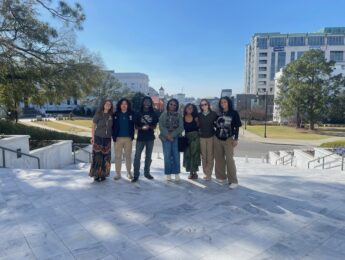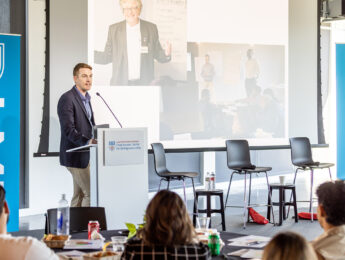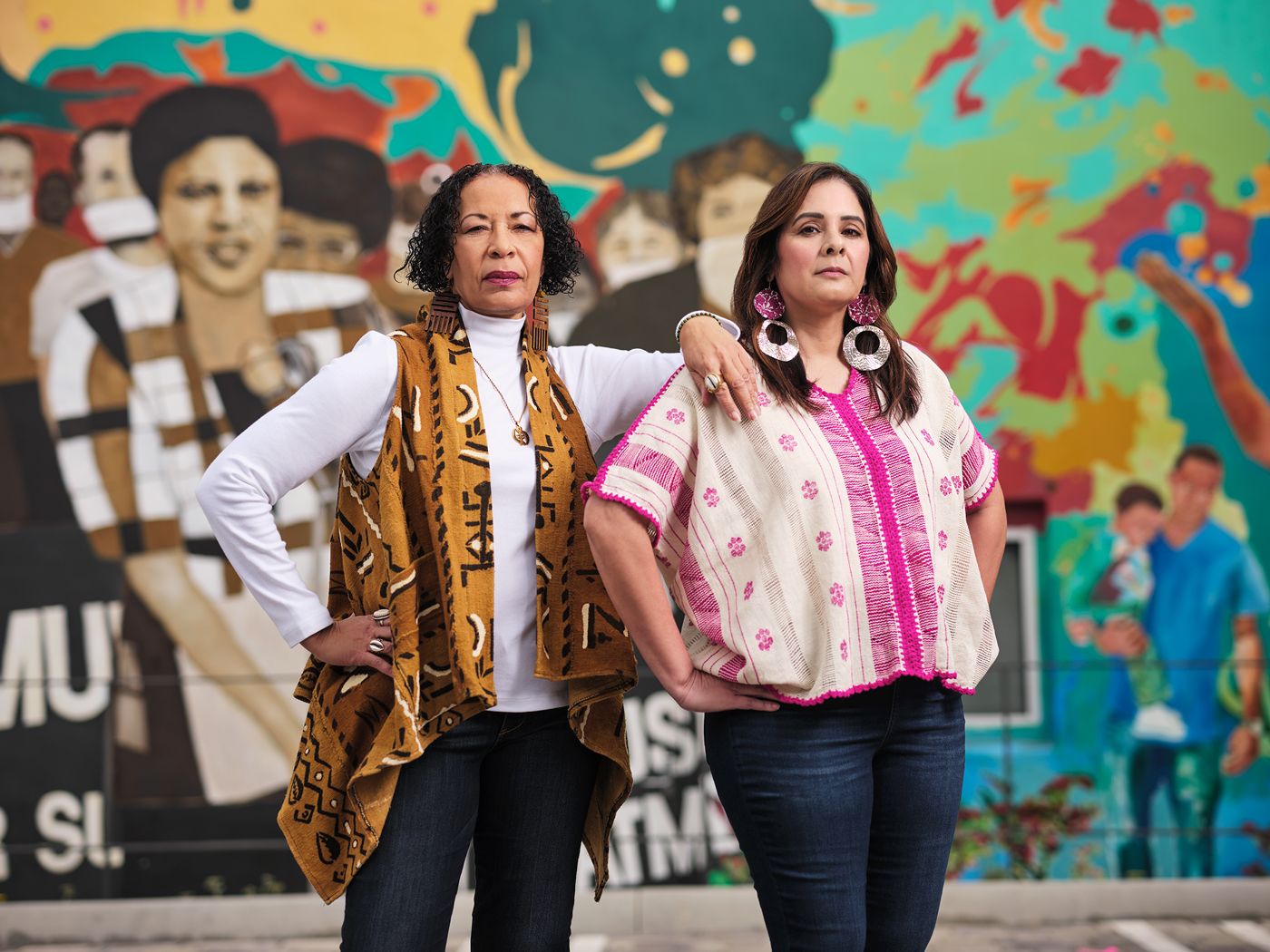
The Psychology Applied Research Center at LMU empowers underserved communities to address inequity and improve services ranging from mental health to drug prevention and childhood obesity. Founded by LMU professor Cheryl Grills, Ph.D., and supported by more than $9.5 million in grants since 2009, PARC has made a profound impact — in the communities it serves and the students who join its mission.
The PARC story begins about 20 years before it was founded at LMU by Grills, director of the center and professor of psychology. Grills got involved in community-based research in 1989 when she began attending meetings in South Los Angeles living rooms to confront the crack-cocaine epidemic. A group of community activists had been gathered by Karen Bass, an emergency-room physician’s assistant at the time and now mayor of Los Angeles. Their work led to a federal grant that launched the Community Coalition, a powerful force in Los Angeles to this day, which PARC collaborates with extensively. It also inspired Grills to found the Imoyase Community Support Services and focus on program evaluation research.

“I was committed to community organizing as a bona fide public health strategy, and I saw something at LMU that I thought would be a good fit,” Grills says. “I fell in love with the Jesuit mission, which is very much aligned with the social justice ethos that undergirds my work. Some faculty at LMU said I should apply for a position in the psychology department. And I’ve never looked back.”
Her multi-year, multi-level projects at Imoyase focused on substance abuse prevention and treatment, and health and mental health disparities. With the goal of creating an academic version of this community-based work, she brought one of those projects to LMU in 2008 — the $1.79 million Communities Creating Healthy Environments grant, funded by Robert Wood Johnson Foundation — and PARC was off and running.
In the 14 years since, PARC has secured more than $9.5 million in grants to conduct research assistance on dozens of local and national projects, ranging from $20,000 to more than $4.5 million to serve as statewide evaluator for the California Reducing Disparities Project (CRDP). Currently in its second phase, CRDP aims to implement and validate community-driven mental health solutions developed from a more contextual, nuanced understanding.
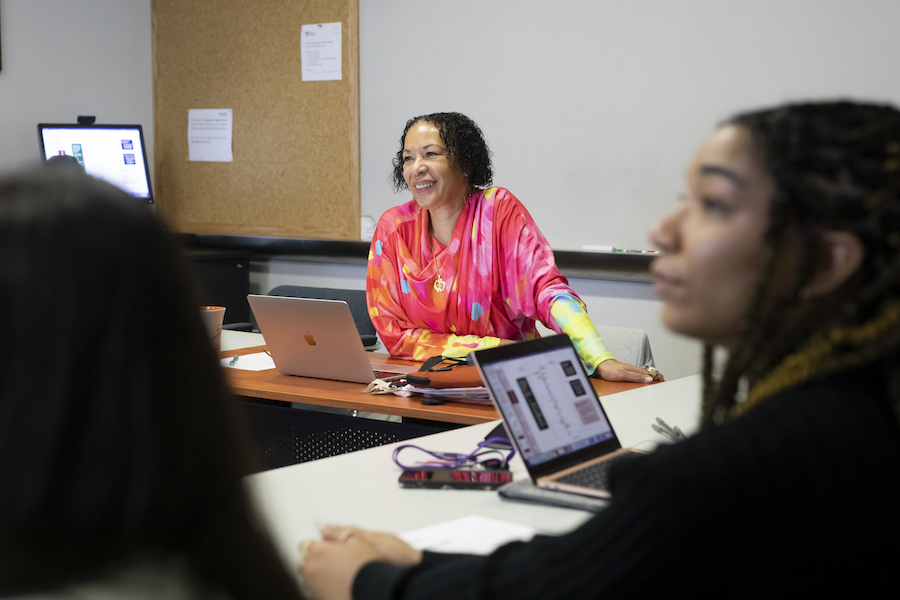
“The CRDP project is a huge deal because communities of color have only had access to evidence-based practices that weren’t designed with them in mind, with inadequate samples to validate that it was transferrable to them, and it wasn’t accessible or meaningful to them,” Grills says. “The CRDP project presents an opportunity to demonstrate the effectiveness of an alternative approach to mental health. And now we have data that the alternative is in fact viable, and to move the needle in access to mental health services for diverse communities.”
PARC’s work on CRDP is a prime example of the center’s unique approach in the field, which can be seen in other projects as well, including the $500,000 Racial and Ethnic Approaches to Community Health (Centers for Disease Control and Prevention); the $974,000 Tobacco-Related Disease Research Program (California Department of Public Health and Department of Education); and the $580,000 Youth Organizing Capacity Building Initiative (Weingart Foundation, W.M. Keck Foundation, and The California Endowment).
“We are not afraid to step outside of the conventions of research or to voice critique about standard approaches to research and evaluation,” Grills says. “We advocate for research and evaluation to include attention to culture and context. And we reflect the communities that we support. Our team is highly diverse, so communities see us as an entity that understands who they are, where they’ve been and where they’re trying to go. That helps them trust us, which is so important because research has hurt many low-income communities of color.”
A Diverse Team, A Career Influencer
Grills’ 30-plus years of community-based work on the local, state and national level has certainly earned PARC cachet, while PARC’s stalwart team of researchers and engaged scholars plays an indispensable role in deepening that respect. Led by women of color, the full-time team includes associate director Sandra Villanueva, Ph.D., who worked with Grills as an undergraduate student in the 1990s and was the first staff member hired when PARC launched; senior researcher and assistant director Diane Terry, Ph.D.; research associates Elia de la Cruz Toledo-He, Ph.D., and Peter Rej, Ph.D.; senior research assistant Christine Nguyen, M.A.; and Luiz Lopez, B.A., and Jade Hernandez, B.A., research assistants who were both hired after graduating from LMU.
“This is a robust team that runs as a well-oiled machine — they are very structured, detail-oriented, organized and outcome-based,” says Deanna Cooke, Ph.D., director of engaged learning at LMU Bellarmine College of Liberal Arts, who often works with PARC.
In addition to Cooke, several other faculty serve regularly as research consultants and subject matter experts spanning a range of disciplines, including mathematics, psychology, African American Studies, and Asian and Asian American Studies.
The center typically has several full-time research assistants at the B.A. and M.A. level, most of whom move into M.A. or doctoral programs. The center also functions as a training ground for post-doctorates, including four who secured full time, tenure track university positions, and three who joined PARC permanently.
“Our team is highly diverse, so communities see us as an entity that understands who they are, where they’ve been and where they’re trying to go. That helps them trust us, which is so important because research has hurt many low-income communities of color,” says Grills.
Indeed, PARC’s impact on students continues to be as profound as its work in communities and has emerged as a distinctive feature of the LMU academic experience. Undergraduate students have gained more than 20,000 hours of work experience at PARC where they enter and review data, create surveys, transcribe interviews, conduct basic coding of qualitative data, and develop presentations of findings to facilitate community feedback sessions.
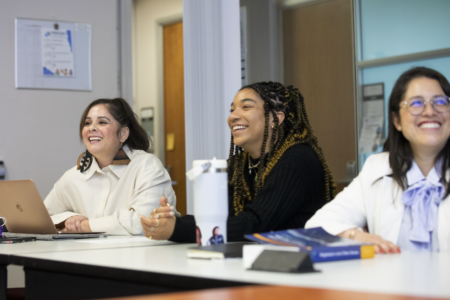
“It brings what they’re reading about to life, and they get to test it out,” says Cooke, whose classes have worked on PARC projects in jails and skid row. “It’s mind-blowing and career aspiration-changing for some of them. The students get to see themselves in psychology in action, and they get to participate in research that’s about their community, that actually puts their community into a cultural and historical context that feels fair and right.”
One undergraduate who worked at the center went on to get her master’s degree and get into a doctoral program that had an emphasis in community-based research similar to PARC, Villanueva says. Another undergraduate aspired to get her Ph.D. in clinical psychology but was inspired to get her law degree to focus on social justice issues because of her work at the center.
Projects like the CRDP and an array of pro bono work will keep the PARC team and student staff busy. And it might even lead to a name change one day in the future.
“One of the dreams is a change to our name, which is inspired by the community,” Grills says. “It will still be PARC, but instead of Psychology it would be the Peoples Applied Research Center. My vision is that we are the go-to academic institution for community-based participatory research, that we are trusted, that we are seen as capable of putting community needs within its proper conceptual, historical and cultural understanding, and that we do our work through the lens of equity and social justice. We are for the people, and they come to us when they need something done when it comes to research.”



